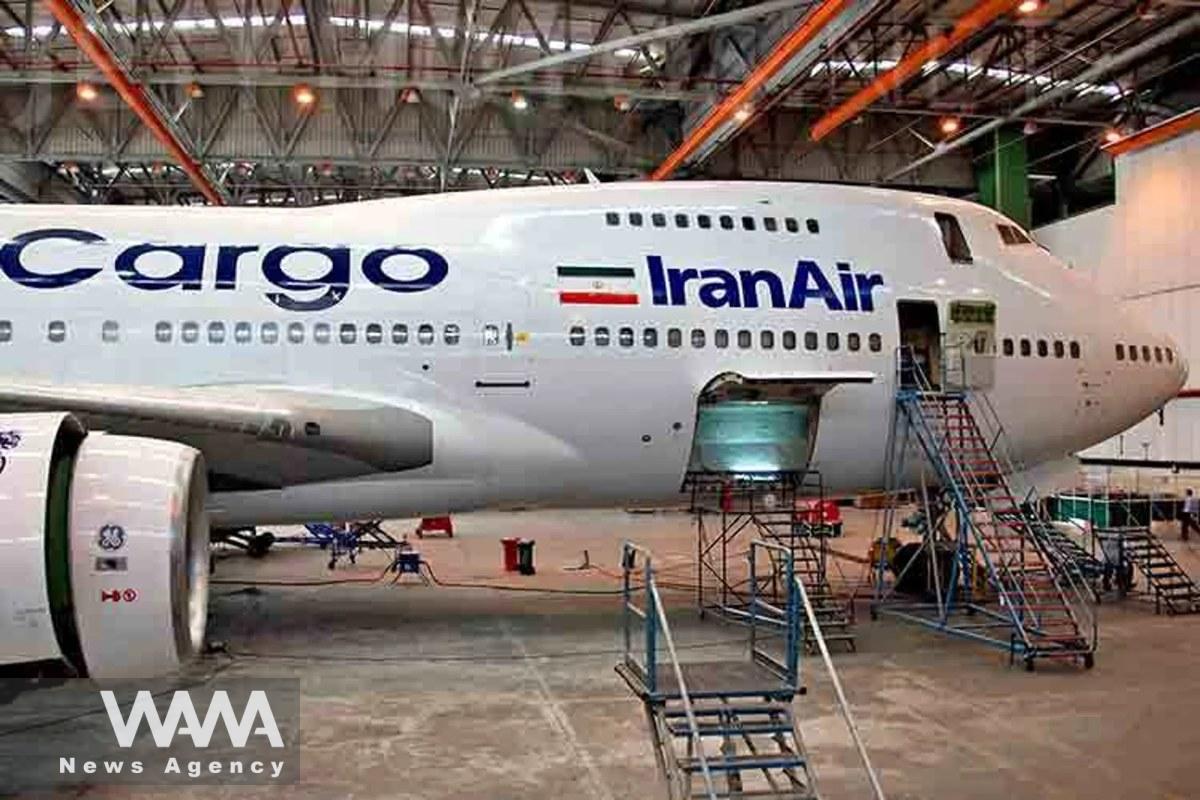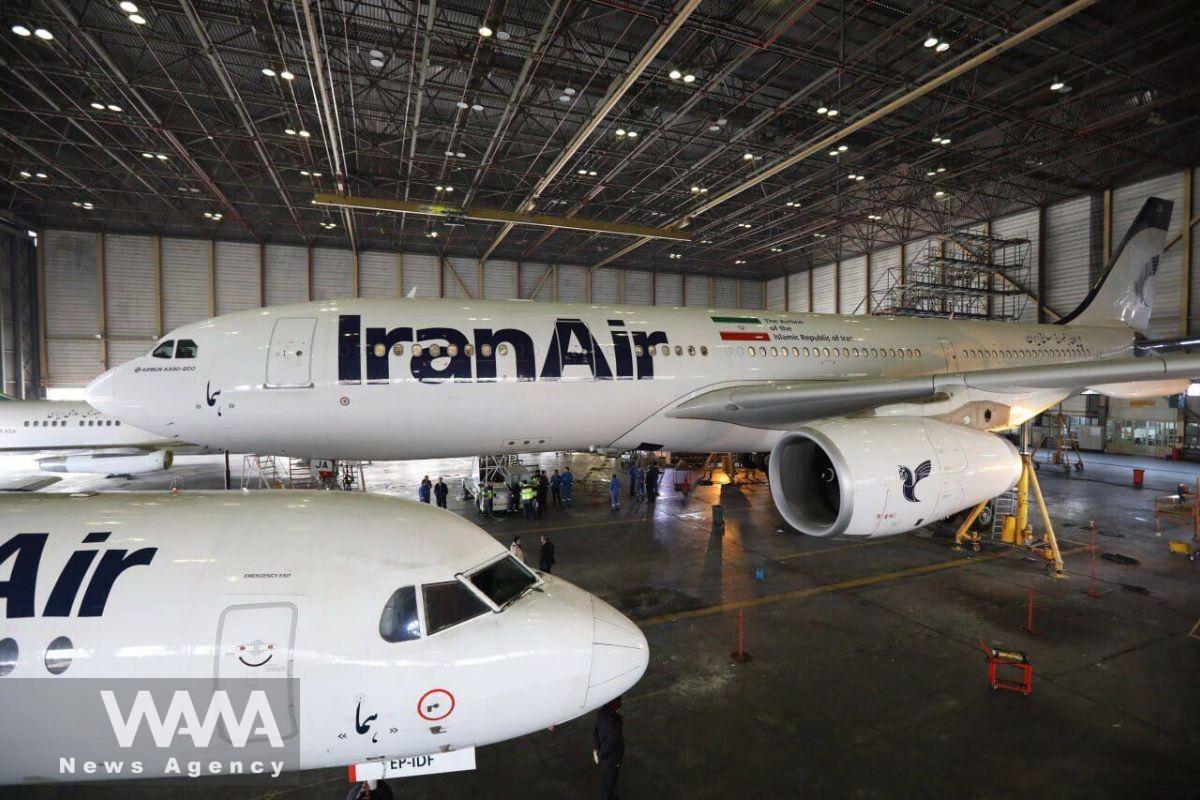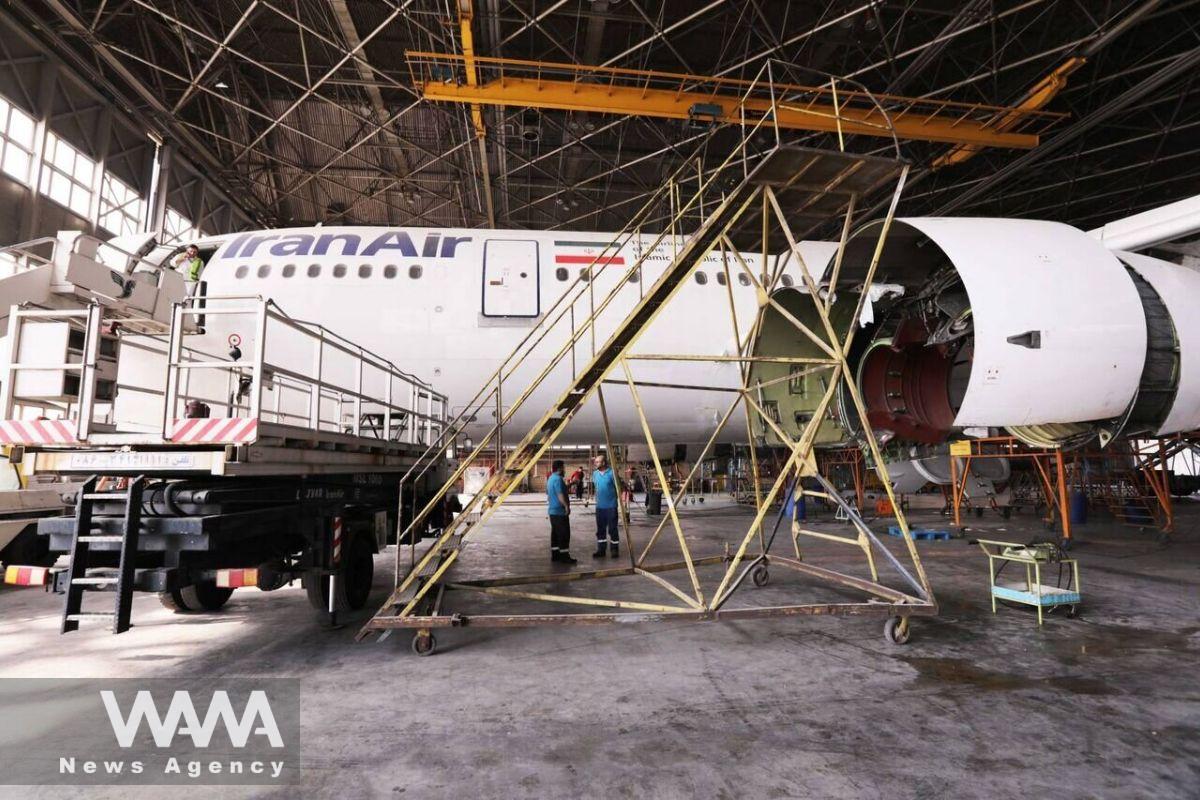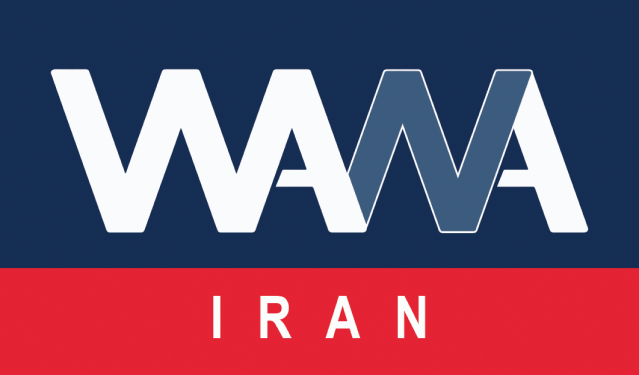Flying Under Sanctions: The Progress of Iran’s Aviation Industry
WANA (Mar 22) – Iran’s aviation industry has been under pressure from sanctions and international restrictions since the early days of the Islamic Revolution. Challenges such as securing spare parts and an aging fleet have posed serious obstacles.
However, through reliance on domestic engineering and crisis management, Iran has managed to sustain its growth. From maintaining an aging fleet to developing repair and maintenance centers, this industry stands as a testament to resilience and innovation in difficult circumstances—an industry many believed would be grounded by external pressures.
Growth and Expansion of Airlines and Airports
Before the revolution, Iran had only one active airline with a fleet of 24 aircraft. Today, as of December 28, 2024, the number of airlines in the country has reached 24—comparable to the U.S., which has 26 airlines, and notably compared to China, which operates with only two airlines, and India, which has three.
The number of operational aircraft in Iran also reached 180 by February 2024, according to Mohammad Mohammadi Bakhsh, the former head of Iran’s Civil Aviation Organization. Additionally, Iran now has nearly 100 active airports, ranking 23rd globally in terms of airport count. These statistics highlight significant growth in Iran’s aviation industry despite numerous challenges.

Iranian Scientists Develop Smart Coating to Reduce Aircraft Weight
WANA (Mar 02) – Iranian researchers have successfully developed an innovative smart coating to protect magnesium alloys from corrosion, a breakthrough that can significantly reduce aircraft weight and fuel consumption. Lightweight but Vulnerable Magnesium alloys are widely used in aerospace, automotive, medical, and electronic industries due to their high strength-to-weight ratio. However, their extreme […]
Management of the Aging Fleet and Efforts for Renewal
In 2021, out of 330 aircraft available in the country, only 100 were operational. Nevertheless, this limited number managed to conduct over 210,000 flights.
Although Iran Air signed a contract to purchase 200 aircraft from Airbus and Boeing after the JCPOA, the deal was canceled following the U.S. withdrawal from the agreement, and only 11 of these aircraft were delivered to Iran.
Currently, Iran requires 550 aircraft. However, local experts, relying on their engineering capabilities, have managed to keep many of the aircraft operational.
The Skills of Iranian Pilots in Facing Critical Conditions
In a time when air accidents have become headline news worldwide, alongside the technical ability to maintain aircraft, the skills of Iranian pilots have repeatedly been praised in both favorable and critical conditions.
One example of this capability was the smooth landing of an Airbus carrying Iranian President Masoud Pezeshkian, which completed a direct 14-hour and 20-minute flight from Tehran to New York. An American network host described the landing in New York as “the best landing of the day” and gained attention from social media users, particularly Americans.

Another example highlighting this capability was an aviation incident in which one of Iran’s aircraft on the Jeddah-Tehran route encountered an engine explosion at 25,000 feet. The pilots, relying on their knowledge and experience, safely landed the plane, saving the lives of 263 passengers.
Breakthrough in Aircraft Maintenance
One of Iran’s most significant advancements in the aviation industry is achieving self-sufficiency in aircraft maintenance and repairs without the need to send them abroad.
This development has attracted attention not only within Iran but also on an international level. For instance, Russia’s Aeroflot recently sent one of its aircraft to Iran for maintenance and described the quality of service provided as “excellent and satisfactory.”
Dmitry Yadrov, head of Russia’s Federal Air Transport Agency, highlighted Iran’s capabilities in the aviation industry, stating, “The products showcased at the National Day exhibition of the Islamic Republic of Iran in Moscow were fascinating to me.”
He further emphasized, “Given the outstanding results of Aeroflot’s aircraft maintenance, I am confident that Russian companies will continue this cooperation with Iranian firms, as there is a demand for it in our country.”
Yadrov also referred to the cooperation agreements between Iran and Russia in the aviation industry and said: “We have recently signed a cooperation document with Iran’s Civil Aviation Organization, and based on it, we are awaiting requests from Iranian maintenance companies and design offices through Iran’s Civil Aviation Organization so that the process of reviewing and issuing permits for their operations in Russia can be pursued.”

He noted: “Since 2021, another agreement has existed between the two countries, under which three Iranian aviation companies have obtained certain approvals and necessary permits to provide services related to maintaining the airworthiness and operational qualification of Russian aircraft.
Future Outlook and International Cooperation
Despite all challenges, Iran’s aviation industry has continued its course and has even achieved remarkable success in the design and production of aircraft components.
The signing of a comprehensive strategic treaty between Iran and Russia in 2024 has opened new horizons for cooperation in this field. This treaty could create further opportunities for the development of Iran’s aviation industry and pave the way for greater collaboration with other countries.
Iran’s aviation industry has remained resilient despite extensive sanctions and continues to move forward. Fleet modernization, an increase in the number of airlines, airport expansion, self-sufficiency in maintenance and repairs, and international cooperation all indicate that Iran has managed to turn the challenges of sanctions into opportunities for growth and development.
The future of this industry may still face challenges, but history has shown that Iran’s skies have always welcomed flights that have taken off with hope and determination.












